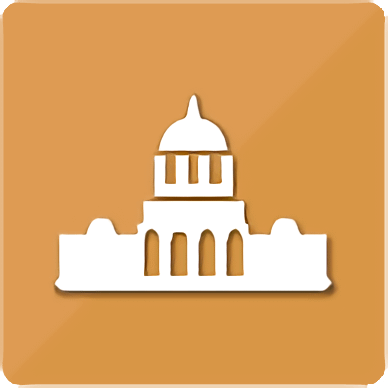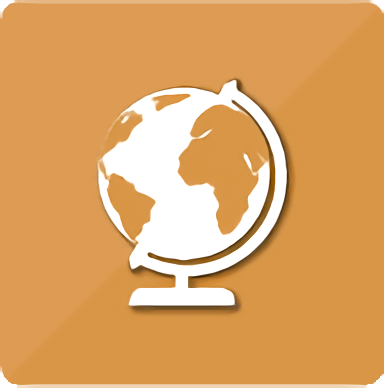Spanish 2 [Credit Recovery]
$250.00Course Description
Spanish 2 immerses students in the Spanish language and the cultural aspects of Spanish-speaking countries. Students build on what they learned in Spanish 1, with a study of Spanish grammar and an emphasis on increasing their skills in listening, writing, reading, and speaking in Spanish. At the end of this course, in addition to improving their Spanish language skills, students have a knowledge of and appreciation for the cultures of Spanish-speaking countries, including the events and people that have impacted the language.Course Breakdown
- The verb estar and locations
- Where people go and why
- Classes, people, and items at school
- Participles and the present perfect tense Food and drink vocabulary
- Expressing preferences
- Restaurant vocabulary
- Food dialogue
- Clothing vocabulary
- Clothing dialogue
Course Goals
- Ask and state the locations of places in relation to other places, and describe what people like to do at different locations.
- Describe school classes and items.
- Review participles and the present perfect tense. Identify and list fruits, vegetables, proteins, meat, seafood, legumes, carbohydrates, sweets, dairy products, snacks, and drinks.
- Express opinions and tastes about food.
- Ask for clothing and sizes, and remark on how items fit.





